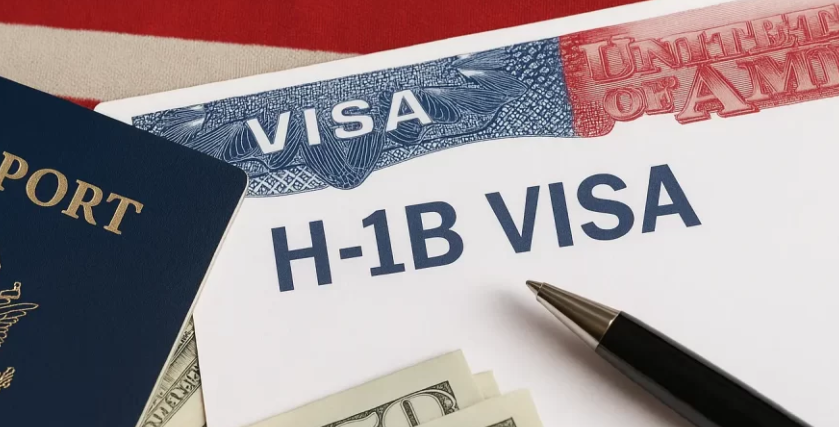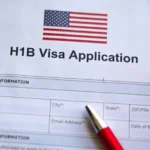In today’s globalized world, professionals often look beyond their home countries for career opportunities. One of the most sought-after pathways for skilled foreign workers aiming to work in the United States is the H-1B visa. This visa category has become synonymous with technology, innovation, and high-level professional work. In this article, we’ll explore the H-1B visa in detail, including its definition, eligibility, application process, benefits, challenges, and future trends, providing a comprehensive guide for anyone considering this pathway.
What is an H-1B Visa?
The H-1B visa is a non-immigrant visa issued by the United States to allow U.S. employers to temporarily employ foreign workers in specialty occupations. These occupations typically require theoretical or technical expertise in fields such as information technology, engineering, mathematics, science, medicine, and business.
Essentially, the H-1B visa bridges the gap between the U.S. labor market and global talent, allowing companies to hire highly skilled professionals when qualified U.S. candidates are not available. First introduced in 1990 under the Immigration Act, the H-1B visa has since become a critical component of the U.S. workforce strategy.
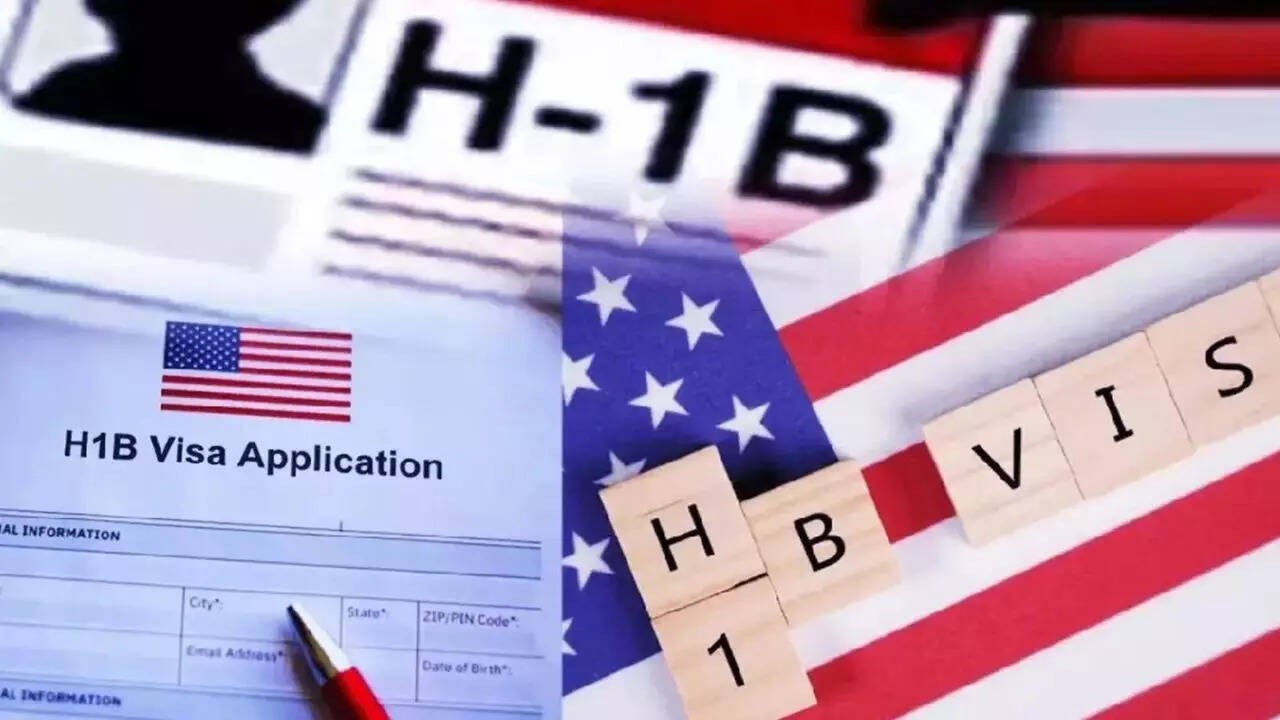
Key Features of the H-1B Visa
-
Specialty Occupations: The visa is strictly for specialty occupations requiring at least a bachelor’s degree or its equivalent in a specific field. Common areas include software development, data analysis, financial analysis, healthcare, architecture, and engineering.
-
Employer Sponsorship Required: Applicants cannot apply independently. A U.S.-based employer must sponsor the candidate and file a petition with the U.S. Citizenship and Immigration Services (USCIS).
-
Duration: The H-1B visa is initially granted for three years and can be extended up to a maximum of six years. Certain circumstances, such as pending employment-based green card applications, may allow further extensions.
-
Cap and Lottery System: Each fiscal year, the U.S. government sets a cap on the number of H-1B visas issued, typically 85,000 (65,000 for general category and 20,000 for individuals with a U.S. master’s degree or higher). Due to high demand, a lottery system is used to select petitions.
-
Dependents: H-1B visa holders can bring their spouse and children under the H-4 visa category. H-4 dependents can study in the U.S., and some may be eligible to work if they meet certain criteria.
Eligibility Criteria for the H-1B Visa
To qualify for an H-1B visa, both the applicant and the employer must meet certain requirements:
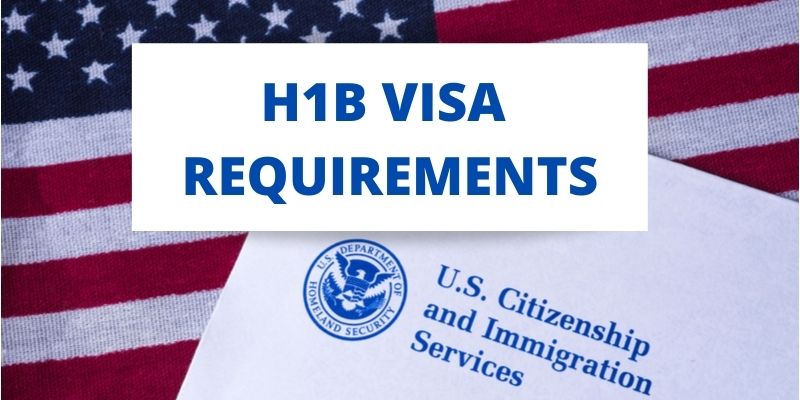
Applicant Requirements:
-
Must have at least a U.S. bachelor’s degree or an equivalent foreign degree.
-
The degree should be relevant to the specialty occupation.
-
In certain cases, extensive work experience or certifications can be considered equivalent to a degree.
-
Must demonstrate skills and expertise in the specific field.
Employer Requirements:
-
Must be a U.S.-based company.
-
Must provide proof that the offered role qualifies as a specialty occupation.
-
Must pay the prevailing wage to the employee to ensure that hiring a foreign worker does not negatively affect U.S. workers’ wages.
-
Must file a Labor Condition Application (LCA) with the Department of Labor before submitting an H-1B petition.
The H-1B Visa Application Process
The H-1B visa process involves several steps, each requiring careful attention to detail. The major steps are as follows:
1. Labor Condition Application (LCA) Filing
The employer submits the LCA to the Department of Labor, indicating the job title, work location, wage, and other conditions. Approval of the LCA ensures that the employer meets the wage and working condition requirements for the foreign worker.
2. H-1B Petition Filing (Form I-129)
Once the LCA is approved, the employer files Form I-129 with USCIS. This petition includes details about the company, job role, and the candidate’s qualifications. Supporting documents like educational certificates, experience letters, and passport copies are also submitted.
3. Lottery Selection (if applicable)
Due to the high number of applicants, USCIS may conduct a lottery to randomly select petitions for processing if the number of applications exceeds the annual cap.
4. Petition Approval
Once selected and reviewed, USCIS issues Form I-797, the approval notice. This approval allows the applicant to apply for an H-1B visa at a U.S. consulate or change their status if already in the U.S.
5. Visa Stamping and Entry to the U.S.
After approval, the applicant attends a visa interview at a U.S. consulate. Upon successful stamping, they can enter the U.S. and begin employment.
Duration and Extensions
The H-1B visa is initially valid for three years and can be extended up to a total of six years. In some cases, extensions beyond six years are possible:
-
If the applicant has a pending green card application (Employment-Based 2nd or 3rd preference), the H-1B visa can be extended in one-year increments.
-
Certain exemptions exist for individuals who have reached specific stages in the green card process.
Benefits of the H-1B Visa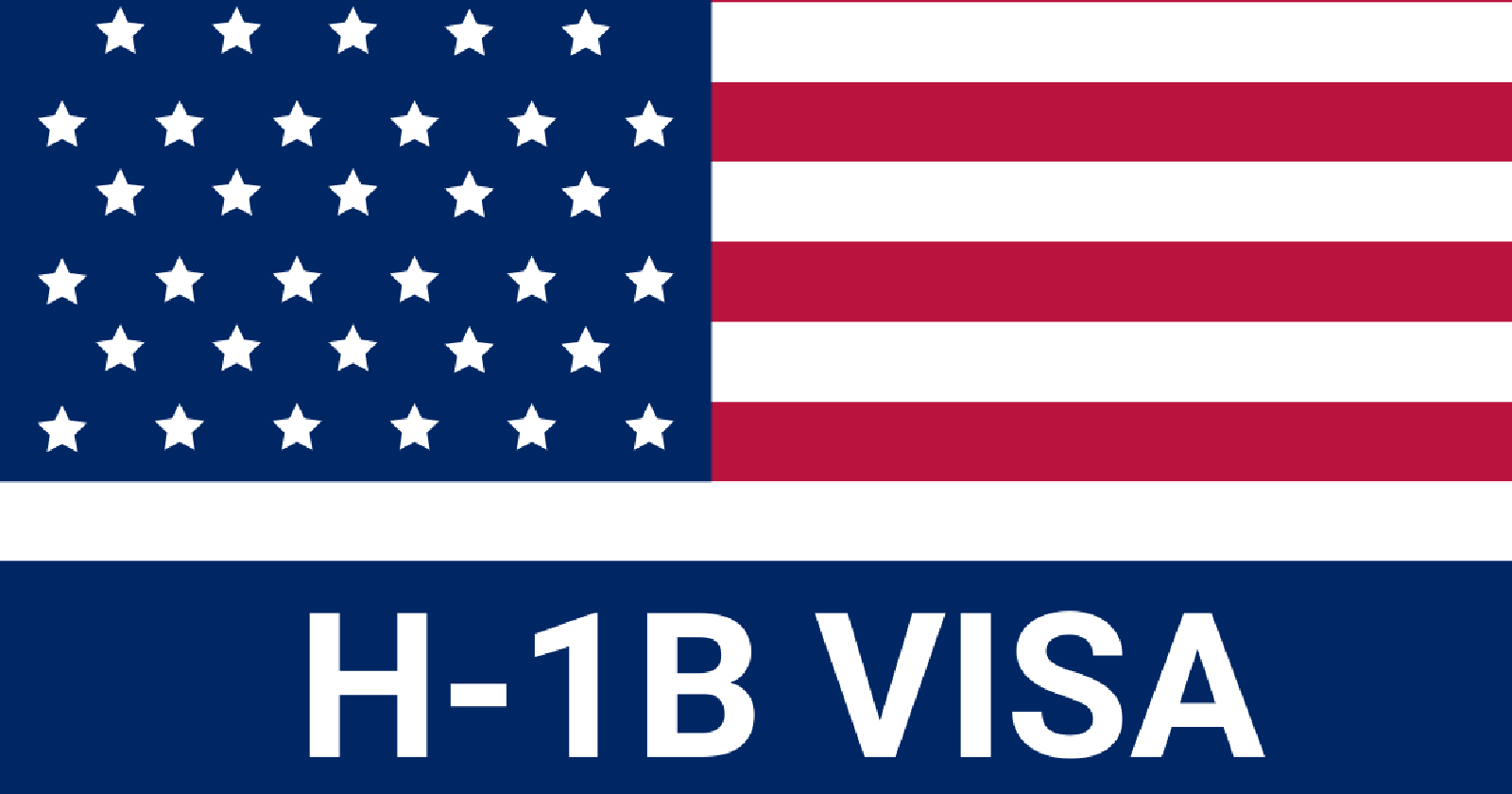
The H-1B visa offers several advantages for both employees and employers:
For Employees:
-
Opportunity to Work in the U.S.: H-1B holders gain the chance to work in one of the world’s largest economies and in leading technology and business hubs.
-
Pathway to Green Card: Many H-1B holders use this visa as a stepping stone to permanent residency in the U.S.
-
Family Inclusion: Spouses and children can accompany the worker under the H-4 visa, and H-4 visa holders may have work authorization in certain circumstances.
-
Professional Growth: Working for leading U.S. companies exposes employees to cutting-edge technologies, advanced business practices, and international experience.
For Employers:
-
Access to Global Talent: U.S. companies can hire highly skilled professionals when domestic talent is insufficient.
-
Innovation and Competitiveness: H-1B employees often bring unique skills and diverse perspectives that enhance innovation.
-
Retention Opportunities: Companies can retain valuable talent for several years, aligning with long-term projects and strategic goals.
Challenges and Criticisms of the H-1B Visa
Despite its benefits, the H-1B visa program has faced criticism and challenges:
-
High Competition: The lottery system makes it unpredictable for applicants, with many highly qualified candidates being rejected.
-
Employer Dependence: Since the visa is employer-specific, changing jobs can be complex and may involve filing a new petition.
-
Wage and Job Concerns: Critics argue that some companies exploit the system to hire cheaper labor, potentially impacting domestic wages.
-
Processing Delays: USCIS processing times can be lengthy, sometimes affecting project timelines and employment plans.
-
Regulatory Uncertainty: Changes in U.S. immigration policy can affect visa availability, rules, and processing, creating uncertainty for workers and employers alike.
Recent Trends and Updates in 2025
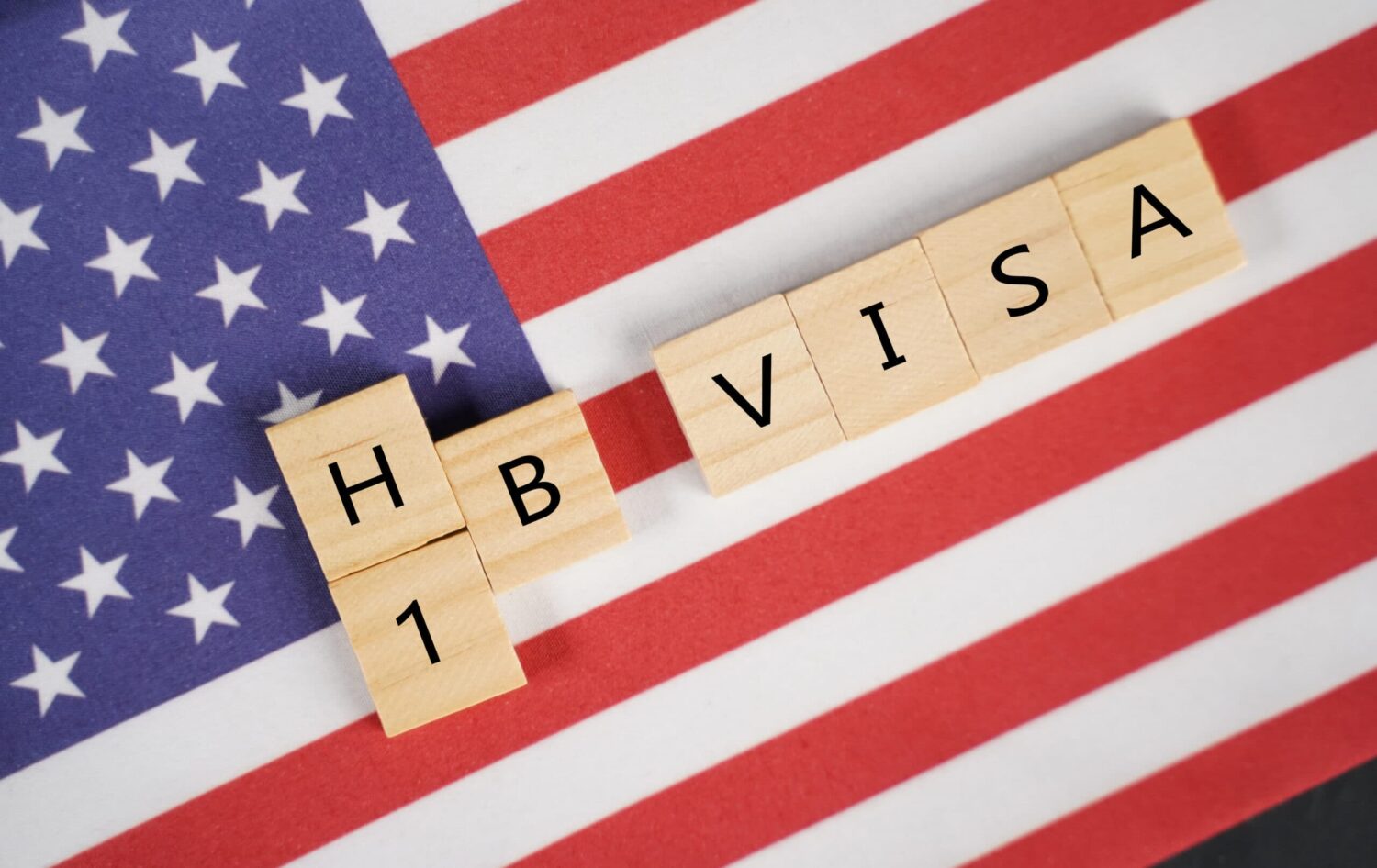
In 2025, the H-1B visa landscape is evolving due to changing global dynamics, technology demand, and policy reforms:
-
Increased Focus on Technology Roles: Most petitions continue to come from IT, AI, data science, and engineering roles.
-
Priority Selection for Higher Degrees: USCIS gives special attention to applicants with U.S. master’s degrees or higher.
-
Electronic Filing Improvements: The process is increasingly digitized, reducing paperwork and streamlining application tracking.
-
Policy Adjustments: The U.S. government periodically revises wage requirements, labor protections, and cap exemptions to balance labor market needs.

